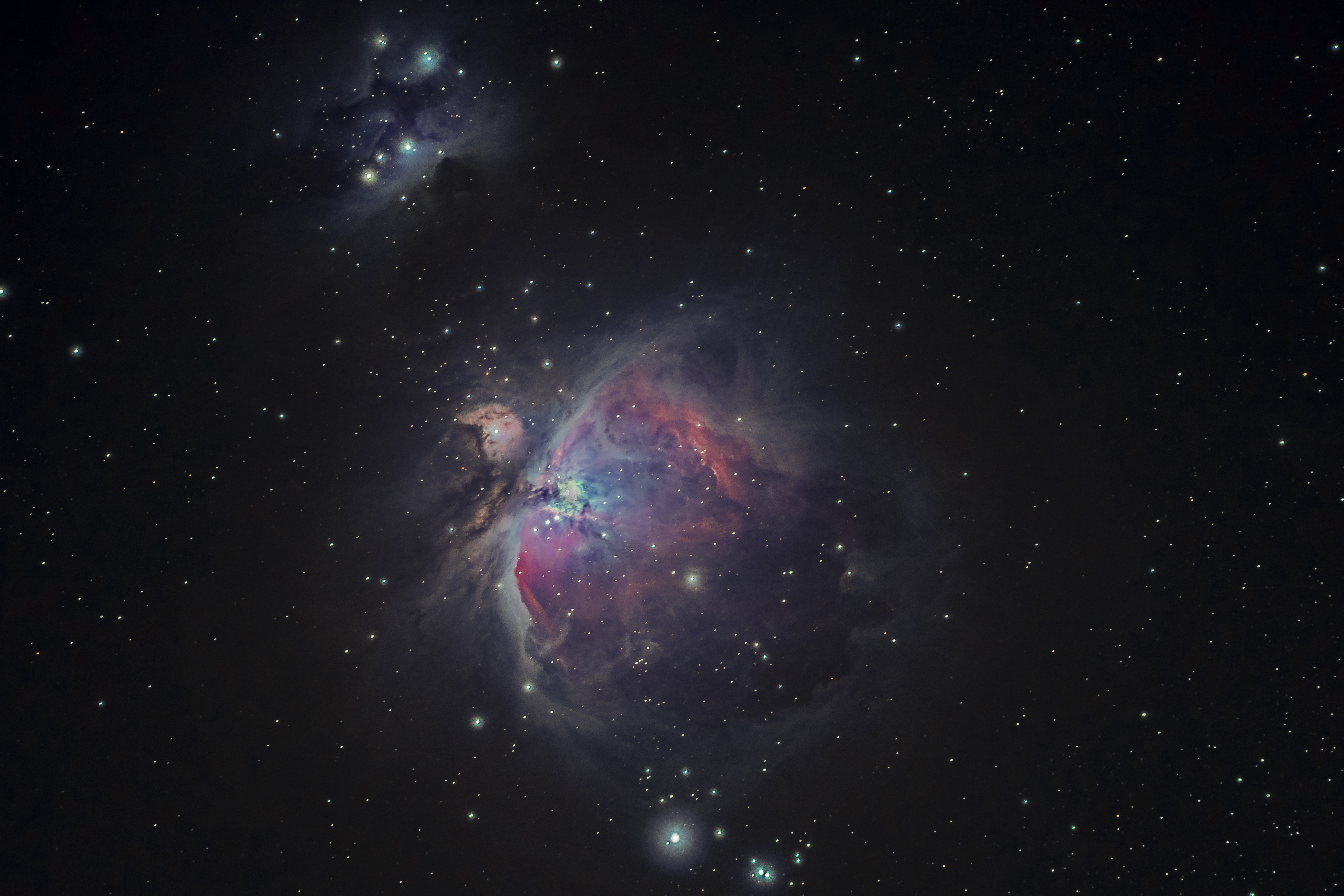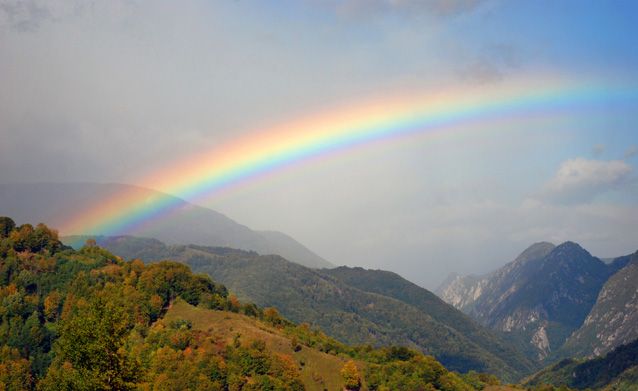
Meet the planetary nebula, one of the universe’s most gorgeous phenomena.
If you’ve ever looked through a telescope, you may have seen one of these before. Through a small telescope, one might look like a little planet—hence the name. But make no mistake, these nebulae have nothing to do with planets, and everything to do with stars.
Up until now, we’ve covered how stars form, evolve, and eventually meet their end. They form out of a giant molecular cloud, or GMC. Eventually one cloud fragments and the cores condense into multiple stars, forming a star cluster.
The star then evolves across the main sequence, runs out of hydrogen fuel, expands into a giant, and begins to fuse helium in its core, which causes the star to contract a little and get hotter.
Then, as the star runs out of helium fuel in its core, it expands into a giant a second time. This is the last time a medium-mass star will expand. It’s also the end of the line for the fuel in its core, since it can’t get hot enough to fuse carbon.
At this point, the star is so big that gravity at the surface is too weak to hold onto its atmosphere, especially in the face of the superwind of radiation pressure from the still-collapsing core.
The result is a planetary nebula…but what exactly is a planetary nebula? What is it made of? Why does it look the way it does?
Continue reading




